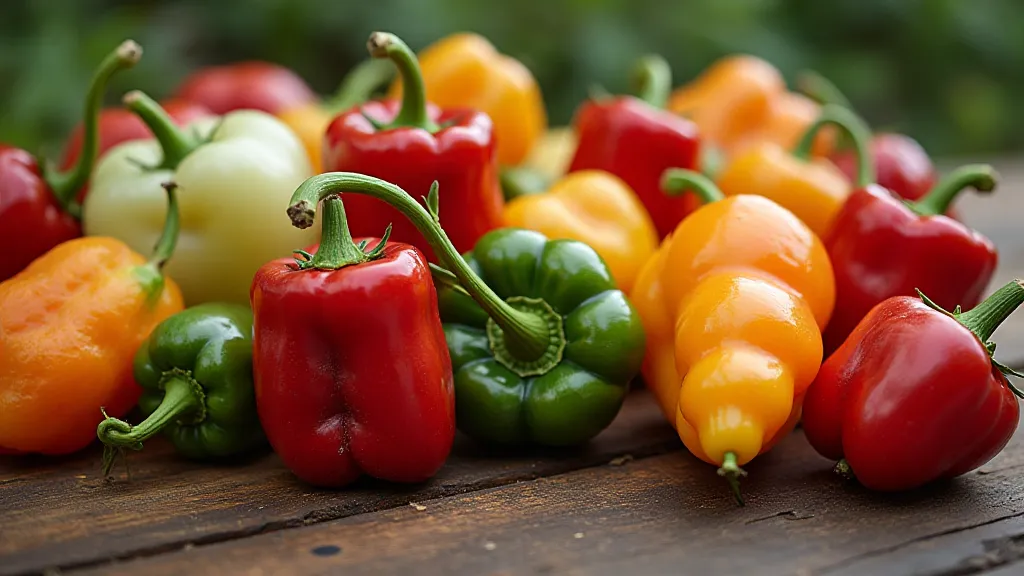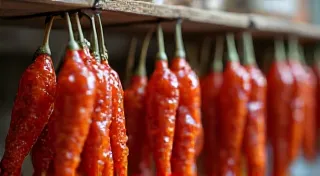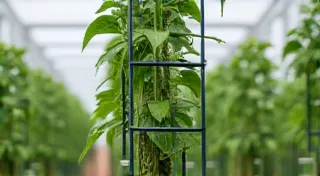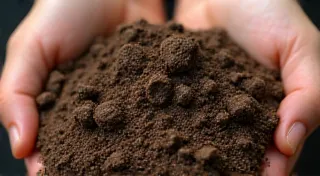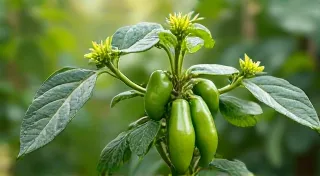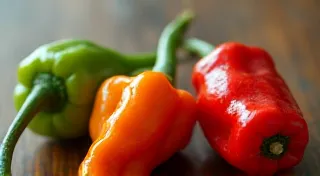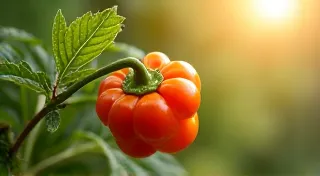Harvesting Your Peppers: Knowing When They're Ready
Growing specialty peppers, from the fiery ghost pepper to the vibrant scotch bonnet, is a rewarding experience. You’ve nurtured your plants, battled pests, and enjoyed watching those beautiful flowers give way to developing peppers. But now comes the crucial question: when are they ready to harvest? Knowing when to pick your peppers at their peak flavor and heat is essential for enjoying the full potential of your hard work. This guide will break down the visual cues and timing involved in harvesting your specialty peppers.
Understanding Pepper Ripening & Heat
Unlike many vegetables that ripen to a uniform color, pepper ripening can be more nuanced. While color changes are a significant indicator, they aren't the *only* factor. Heat isn't always directly correlated with color. A pepper can be brightly colored but still lack the intense heat you expect. Factors like genetics, sunlight exposure, and growing conditions all play a role.
Visual Cues for Harvesting
Let's look at some common visual cues for different pepper varieties. Keep in mind these are general guidelines – always consider your specific variety's characteristics.
Color Changes – A General Guide
* Green Peppers: Most peppers start green. Many varieties can be harvested while still green, especially if you prefer a milder flavor. However, leaving them on the plant longer will allow them to develop their full potential in terms of flavor and heat. * Yellow/Orange Peppers: This is often a sign of increasing sweetness and maturity. Some varieties are intended to be harvested at this stage for a milder taste. * Red Peppers: A vibrant red usually indicates peak ripeness for many varieties. This is often when you’re getting the maximum flavor and heat. * Brown/Purple/Other Colors: Some specialty peppers ripen to unusual colors like brown, purple, or even almost black. Consult the specific information for your variety to understand when these colors indicate ripeness.
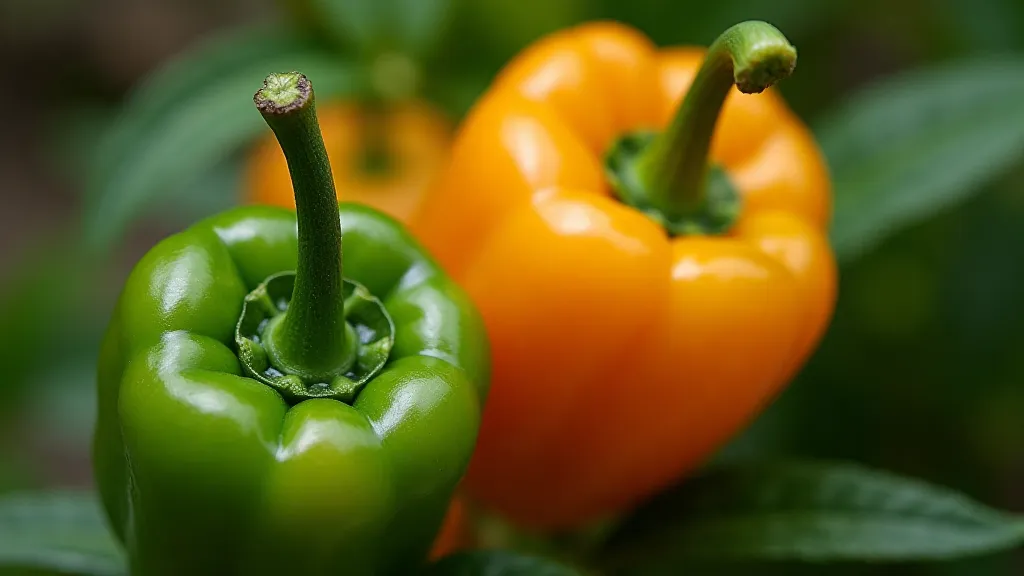
Other Visual Signs
Beyond color, look for these indicators:
- Firmness: Ripe peppers are generally firm and plump. If a pepper feels soft or wrinkled, it’s likely overripe.
- Skin Texture: The skin should be smooth and vibrant.
- Size: While size isn’t always a definitive indicator, fully developed peppers usually signal maturity.
Timing & Growing Conditions
The time it takes for your peppers to ripen depends on several factors:
- Variety: Different varieties have different maturity times. Ghost peppers might take longer than jalapeños.
- Climate: Warm climates generally accelerate ripening. Colder climates will slow it down.
- Sunlight: Peppers need plenty of sunlight to ripen properly.
- Watering & Fertilizing: Consistent watering and appropriate fertilization promote healthy ripening.
Harvesting Techniques
Use sharp, clean pruning shears or scissors to cut the peppers from the plant. Pulling can damage the plant and reduce future yields. Leave a short piece of the stem attached to the pepper. Handle peppers with care, especially the hotter varieties, as the oils can irritate skin.
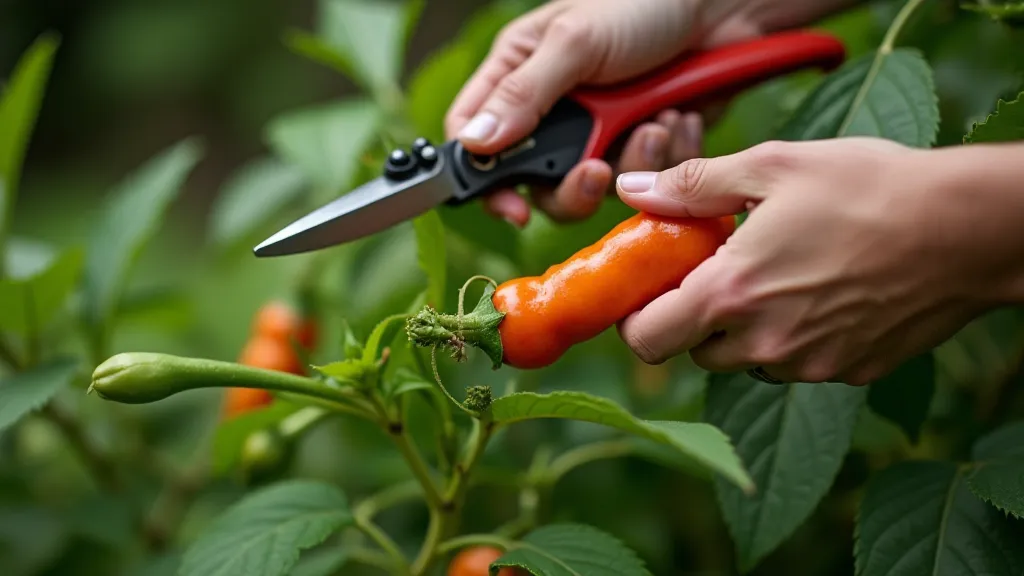
When in Doubt…Taste!
The best way to know if a pepper is truly ripe is to taste it! Start with a tiny piece. This is the surest way to determine if it has reached its peak flavor and heat.
Storing Your Harvest
Store ripe peppers in a cool, dry place. They can be refrigerated for a few days, or frozen for longer storage. You can also dry them or use them in your favorite recipes.
